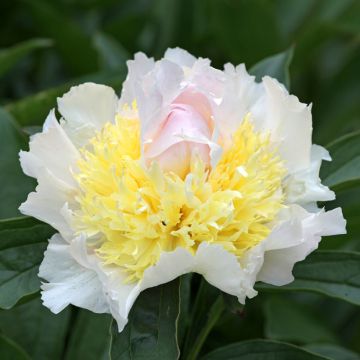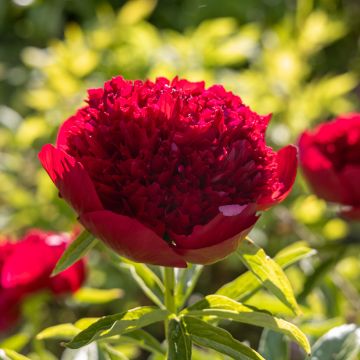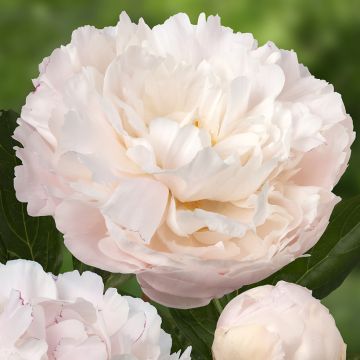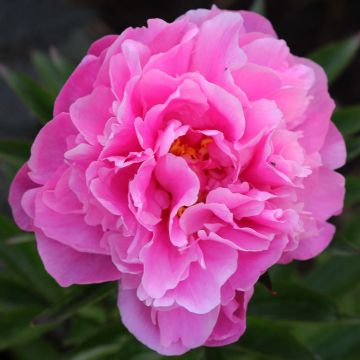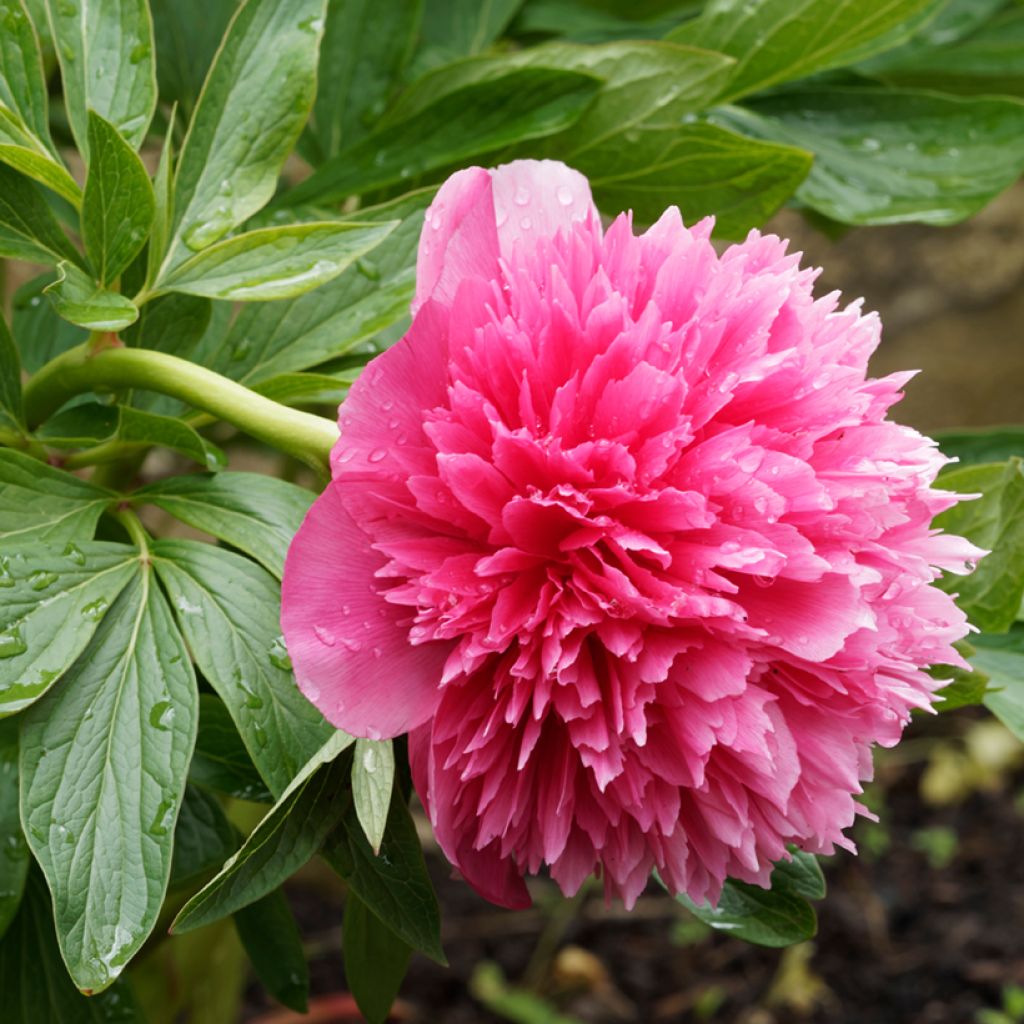

Paeonia officinalis Rosea Plena
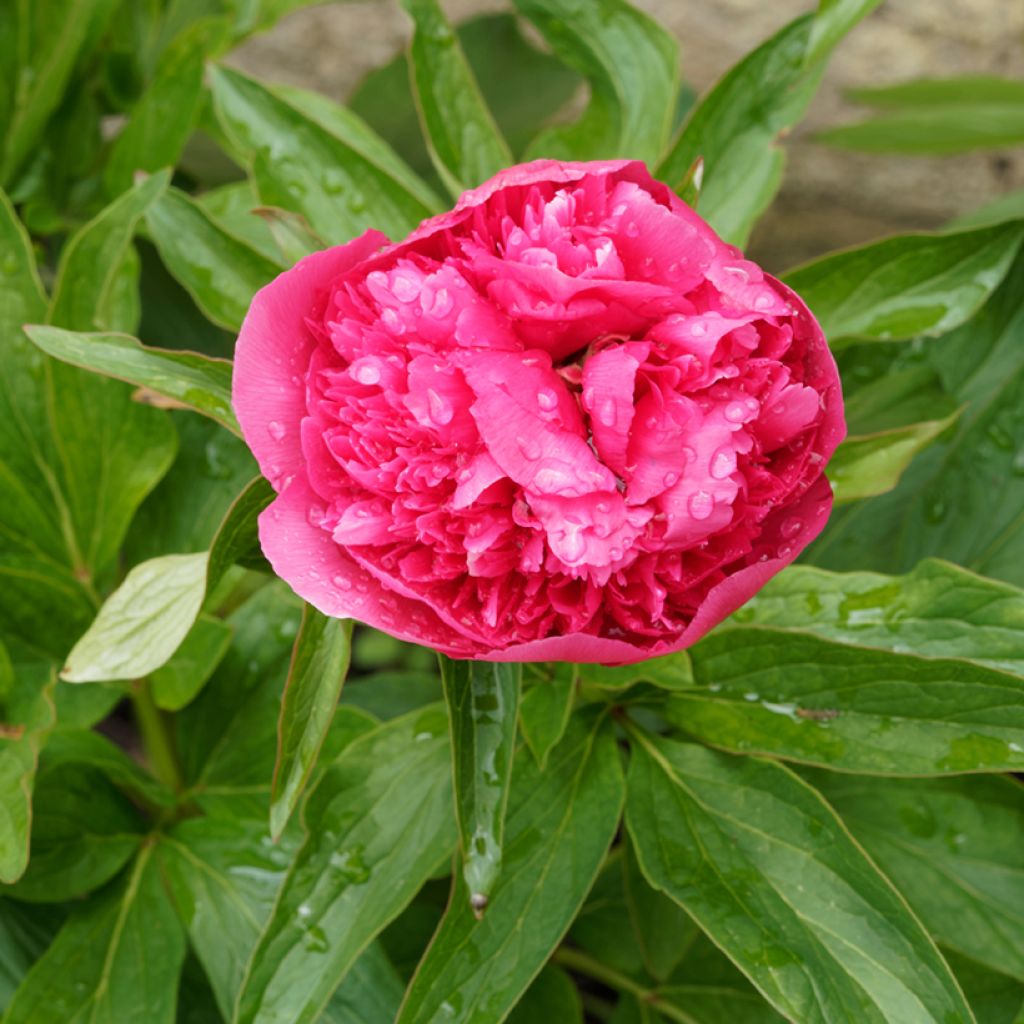

Paeonia officinalis Rosea Plena
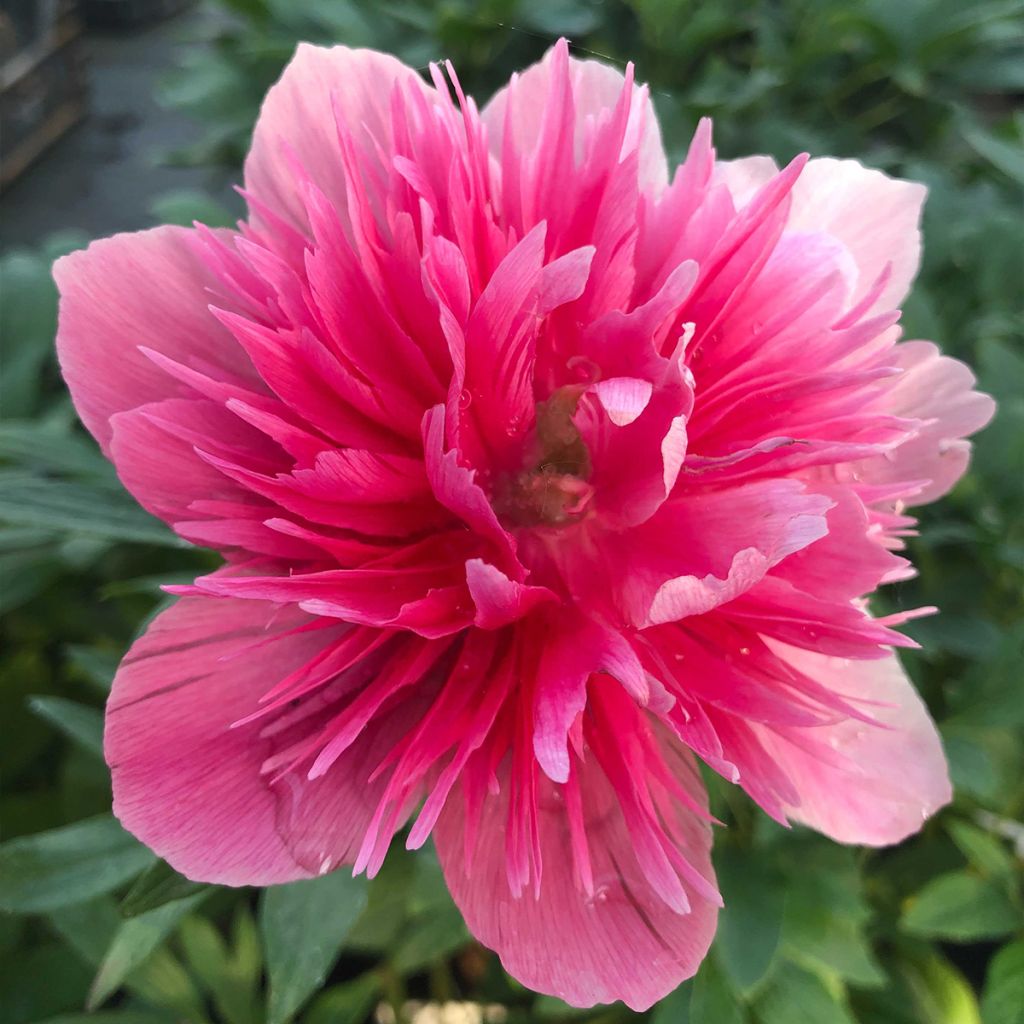

Paeonia officinalis Rosea Plena
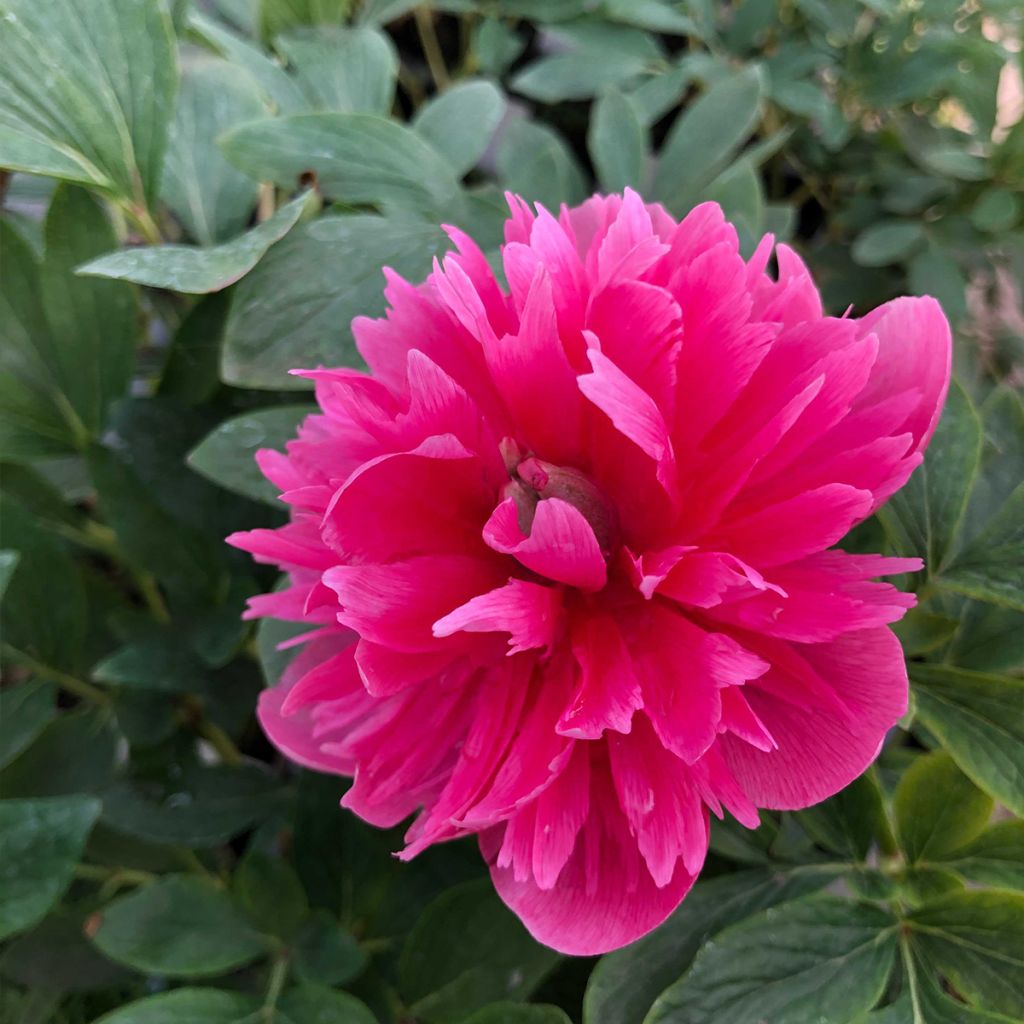

Paeonia officinalis Rosea Plena
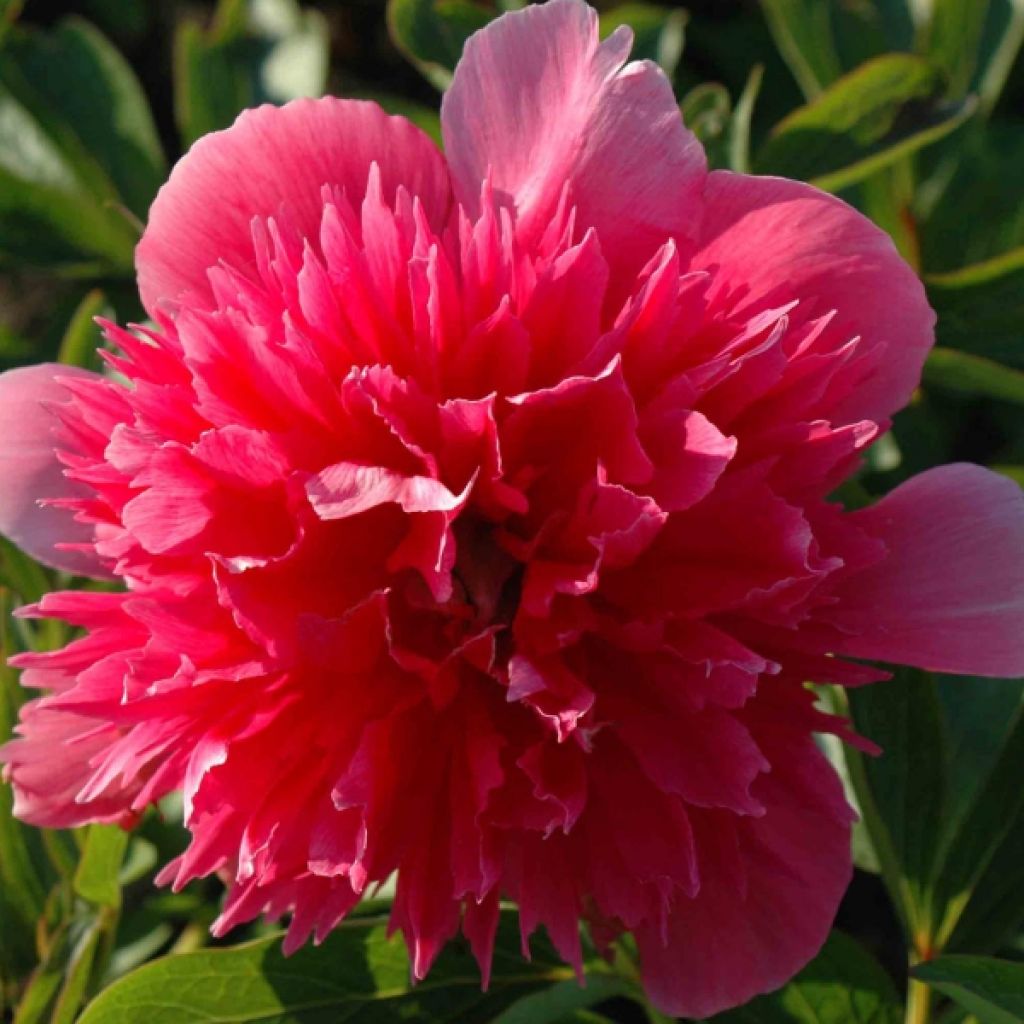

Paeonia officinalis Rosea Plena
Paeonia officinalis Rosea Plena
Paeonia officinalis Paeonia officinalis Rosea Plena
Soft-leaved Peony
This item cannot be shipped to the selected country
Delivery charge from €5.90
Delivery charge from €5.90
Delivery charge from €5.90
More information
Schedule delivery date,
and select date in basket
This plant carries a 12 months recovery warranty
More information
We guarantee the quality of our plants for a full growing cycle, and will replace at our expense any plant that fails to recover under normal climatic and planting conditions.
From €5.90 for pickup delivery and €6.90 for home delivery
Express home delivery from €8.90.
From €5.90 for pickup delivery and €6.90 for home delivery
Express home delivery from €8.90.
From €5.90 for pickup delivery and €6.90 for home delivery
Express home delivery from €8.90.
Does this plant fit my garden?
Set up your Plantfit profile →
Description
Paeonia officinalis 'Rosea Plena' is a beautiful herbaceous peony that reaches a height of 70 cm (28 in). Its spreading habit displays large double flowers in purplish-pink with tightly packed petals on hairy stems.
Originally from Europe, this hardy peony develops leaves with 9 leaflets, which are deciduous, elliptical and dark green. From May to June, double flowers in a crown, in purplish-pink, 10 to 13 cm (4 to 5 in) in diameter, are borne solitary at the end of a long, semi-rigid, hairy stem. They lighten as they mature and offer the first spring bouquets once cut. Its flowering is sensitive to rain or wind, so support the stems.
Paeonia officinalis 'Rosea Plena' prefers a deep, humus-bearing, light and fertile soil, in a sunny location. A yearly addition of decomposed manure in March is necessary. The soil should be porous to a good depth, as the main cause of peony failure is stagnant moisture. After 5 or 6 years of establishment, the flowering becomes much more abundant.
Paeonia officinalis 'Rosea Plena' can be planted in a clump of 2 or 3 solitary plants on a short grass meadow. In a shrub or perennial border, this will help hide the foliage, which quickly deteriorates after flowering. It will also be perfect when paired with irises or roses.
Tip: avoid liquid fertilisers and transplantations.
Report an error about the product description
Paeonia officinalis Rosea Plena in pictures


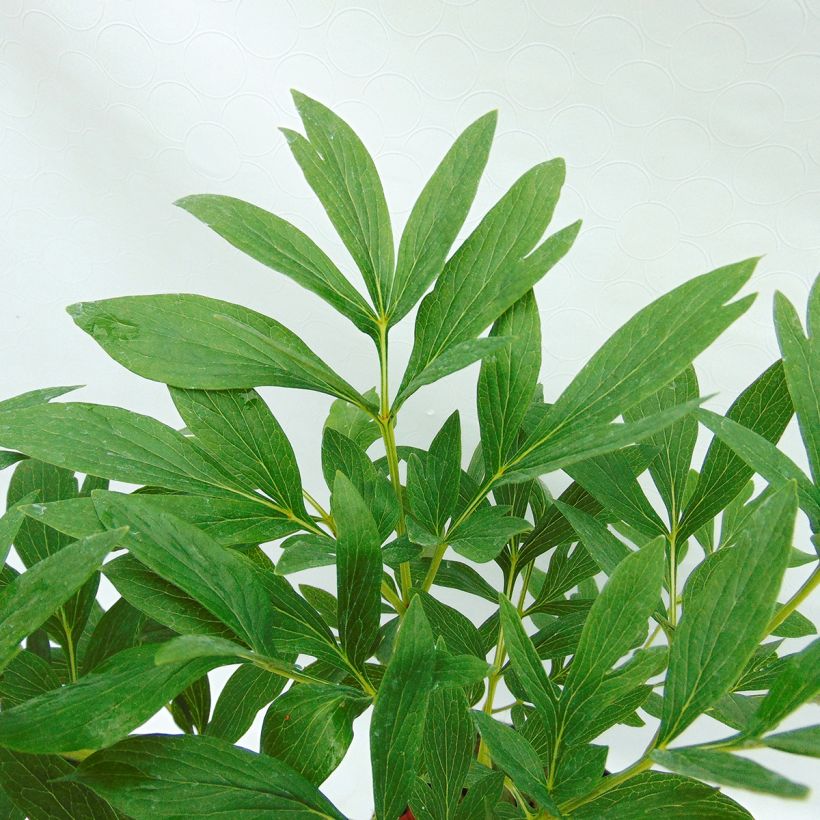

Flowering
Foliage
Plant habit
Botanical data
Paeonia
officinalis
Paeonia officinalis Rosea Plena
Ranunculaceae
Soft-leaved Peony
Cultivar or hybrid
Other Herbaceous and hybrid Peonies
Planting and care
Paeonia officinalis 'Rosea Plena', in rootstock, should be planted from mid-September to April, at a maximum depth of 3 cm (1 in) to not compromise its flowering, and spaced at 80 cm (32 in). Water generously during hot weather and keep the soil clean. Do not apply permanent mulch, as it encourages diseases, but only use it for winter protection. Apply a good complete fertiliser in spring (such as rose fertiliser). Remove faded flowers and spray a Bordeaux mixture as a preventive measure before periods of heat to avoid wilting or verticillium wilt. Divide old clumps in autumn only if the plant becomes crowded. Be careful as the roots are fragile.
What to do if your peony no longer flowers:
Method 1: Surface treatment. Scratch the soil up to the rootstock without damaging it, then add 3 cm (1 in) of good compost with a handful of potash. In spring, apply a second handful of potash. The peony should bloom again the same spring.
Method 2: Division. The overly old clump should be divided in autumn, taking care not to damage the rootstock too much. Plant the sections at a depth of 3 cm (1 in) in a compost rich in potash. Allow 3 years before the first flowering.
Planting period
Intended location
Care
-
, onOrder confirmed
Reply from on Promesse de fleurs
Haven't found what you were looking for?
Hardiness is the lowest winter temperature a plant can endure without suffering serious damage or even dying. However, hardiness is affected by location (a sheltered area, such as a patio), protection (winter cover) and soil type (hardiness is improved by well-drained soil).

Photo Sharing Terms & Conditions
In order to encourage gardeners to interact and share their experiences, Promesse de fleurs offers various media enabling content to be uploaded onto its Site - in particular via the ‘Photo sharing’ module.
The User agrees to refrain from:
- Posting any content that is illegal, prejudicial, insulting, racist, inciteful to hatred, revisionist, contrary to public decency, that infringes on privacy or on the privacy rights of third parties, in particular the publicity rights of persons and goods, intellectual property rights, or the right to privacy.
- Submitting content on behalf of a third party;
- Impersonate the identity of a third party and/or publish any personal information about a third party;
In general, the User undertakes to refrain from any unethical behaviour.
All Content (in particular text, comments, files, images, photos, videos, creative works, etc.), which may be subject to property or intellectual property rights, image or other private rights, shall remain the property of the User, subject to the limited rights granted by the terms of the licence granted by Promesse de fleurs as stated below. Users are at liberty to publish or not to publish such Content on the Site, notably via the ‘Photo Sharing’ facility, and accept that this Content shall be made public and freely accessible, notably on the Internet.
Users further acknowledge, undertake to have ,and guarantee that they hold all necessary rights and permissions to publish such material on the Site, in particular with regard to the legislation in force pertaining to any privacy, property, intellectual property, image, or contractual rights, or rights of any other nature. By publishing such Content on the Site, Users acknowledge accepting full liability as publishers of the Content within the meaning of the law, and grant Promesse de fleurs, free of charge, an inclusive, worldwide licence for the said Content for the entire duration of its publication, including all reproduction, representation, up/downloading, displaying, performing, transmission, and storage rights.
Users also grant permission for their name to be linked to the Content and accept that this link may not always be made available.
By engaging in posting material, Users consent to their Content becoming automatically accessible on the Internet, in particular on other sites and/or blogs and/or web pages of the Promesse de fleurs site, including in particular social pages and the Promesse de fleurs catalogue.
Users may secure the removal of entrusted content free of charge by issuing a simple request via our contact form.
The flowering period indicated on our website applies to countries and regions located in USDA zone 8 (France, the United Kingdom, Ireland, the Netherlands, etc.)
It will vary according to where you live:
- In zones 9 to 10 (Italy, Spain, Greece, etc.), flowering will occur about 2 to 4 weeks earlier.
- In zones 6 to 7 (Germany, Poland, Slovenia, and lower mountainous regions), flowering will be delayed by 2 to 3 weeks.
- In zone 5 (Central Europe, Scandinavia), blooming will be delayed by 3 to 5 weeks.
In temperate climates, pruning of spring-flowering shrubs (forsythia, spireas, etc.) should be done just after flowering.
Pruning of summer-flowering shrubs (Indian Lilac, Perovskia, etc.) can be done in winter or spring.
In cold regions as well as with frost-sensitive plants, avoid pruning too early when severe frosts may still occur.
The planting period indicated on our website applies to countries and regions located in USDA zone 8 (France, United Kingdom, Ireland, Netherlands).
It will vary according to where you live:
- In Mediterranean zones (Marseille, Madrid, Milan, etc.), autumn and winter are the best planting periods.
- In continental zones (Strasbourg, Munich, Vienna, etc.), delay planting by 2 to 3 weeks in spring and bring it forward by 2 to 4 weeks in autumn.
- In mountainous regions (the Alps, Pyrenees, Carpathians, etc.), it is best to plant in late spring (May-June) or late summer (August-September).
The harvesting period indicated on our website applies to countries and regions in USDA zone 8 (France, England, Ireland, the Netherlands).
In colder areas (Scandinavia, Poland, Austria...) fruit and vegetable harvests are likely to be delayed by 3-4 weeks.
In warmer areas (Italy, Spain, Greece, etc.), harvesting will probably take place earlier, depending on weather conditions.
The sowing periods indicated on our website apply to countries and regions within USDA Zone 8 (France, UK, Ireland, Netherlands).
In colder areas (Scandinavia, Poland, Austria...), delay any outdoor sowing by 3-4 weeks, or sow under glass.
In warmer climes (Italy, Spain, Greece, etc.), bring outdoor sowing forward by a few weeks.


































